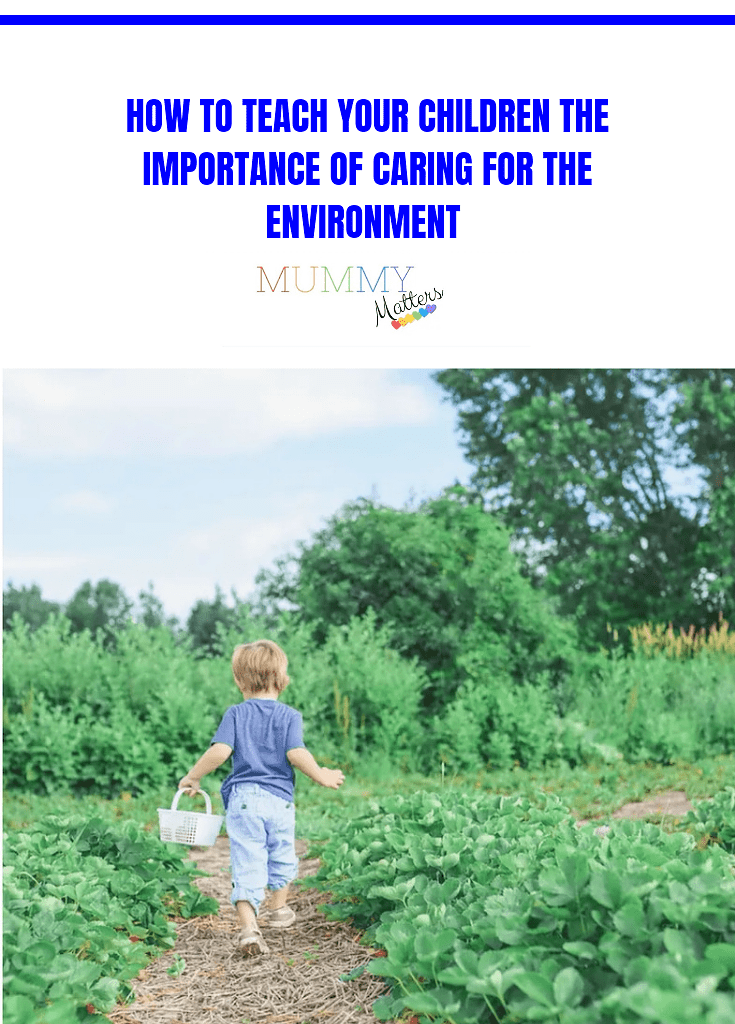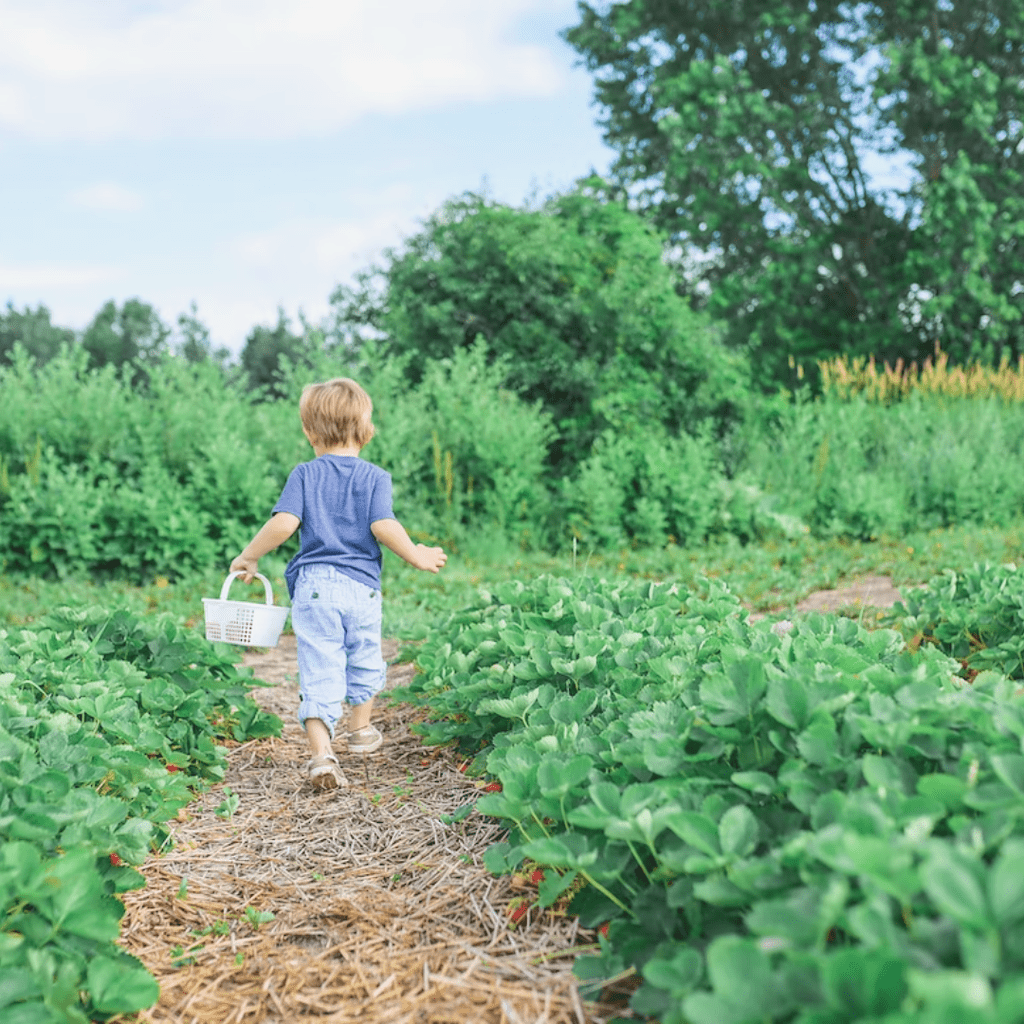Children have a strong connection to the natural world. They’ll happily explore groves and woodlands for hours on end and try to adopt every stray bunny or fox they see.
As a parent, it’s your job to turn this natural love of nature into an understanding of environmental stewardship and the importance of ecological protection. Teaching your child to care for the environment can help them become more responsible and will ensure that the next generation does their bit to protect the natural world.
Environmental Education
Children may struggle to understand the importance of environmental stewardship at first. After all, most young children can’t quite comprehend ideas like oil rigs and deforestation. As a parent, you can help your child understand the importance of caring for the environment by bringing it down to their level.
Start with the basics of environmental education. Teach your children to practice the “Three R’s” — Reduce, Reuse, Recycle — and try to donate second-hand goods together. This will help children understand the connection between waste and ecological damage, as they’ll see just where their clothes and toys go after they’ve grown out of them.
Try to spend as much time together outdoors as possible, and prepare some ecological facts before you head out. Kids love to learn about the things they see in front of their eyes and will be mind blown by simple ideas like biodiversity and the biological life cycle.
When you’re out and about, explain how humans impact the natural world and consider raising easy-to-understand topics like deforestation. Kids can imagine the impact of deforestation when they are exploring the woods and will quickly become keen advocates of environmental protection.
Lead by Example
Young children are like sponges. They’ll watch your behaviour and quickly follow suit. So, rather than throwing out yoghurt pots and food waste, recycle in front of your kids and lead by example.
You can take a further step by giving your free time to help local wildlife projects. Consider enlisting with groups like the RSPCA or the Wildlife Trust. Even a few hours a month can leave a lasting impression and show your child that your commitment to environmental protection is sincere.
If you have some disposable income that you’d like to donate to a good cause, consider choosing an environmentally conscious non-profit. Let your child choose where to donate your money, and try to give them a list of options to choose from.
Environmental Stewardship at Home
Recycle pick up service is a great way to reduce your waste and protect the planet, but it’s not the only form of environmental stewardship you should consider within your own home. In addition to recycling, consider making sustainable lifestyle changes like:
- Reduce your use of animal products
- Shop seasonally and regionally when possible
- Collect old clothes for donation
- Swap out single-use items for reusable ones
- Embrace the wildflower meadow trend in your garden
These lifestyle changes help reduce your waste and instil a strong sense of environmental stewardship in your children. Gardening and creating an insect home can be fun, too, as your child will enjoy playing in the dirt and will be curious to see which insects and amphibians live in their creation.
Volunteering Together
Working together is a great way to teach your children about the importance of caring for the environment. Spending one weekend a month volunteering can also instil a sense of responsibility in your child and help them meet other like-minded children.
There are plenty of environmentally friendly volunteer opportunities to choose from. You might, for example, spend the morning cleaning up your local paths. Alternatively, you can donate your time to a community garden project or work with an environmental organisation in need of extra hands.
It’s important to follow up on volunteer experiences with a lesson. Try to show your child the positive impact their efforts had and ask them whether or not they had fun. If they had a bad time, consider switching it up next time for a new activity that they are more likely to enjoy.
Gratefulness Exercises
Sometimes, you’re just too busy to get out and volunteer in the community. However, you can still create a mindset of environmental stewardship in your child by practising some gratefulness exercises together.
Encourage your child to write “thank you” notes to nature, and have them list a few things they are grateful for. Even basic things, like “sunlight” or “trees,” work well as they will teach your child to appreciate things like clean air and biodiversity.
Set a good example by completing your own gratefulness exercises. Share your results with your child, and be ready to explain why you feel grateful for things like clean water, wildlife, or eco-friendly products.
Conclusion
Young children love learning about nature and wildlife. As a parent, you can channel this interest towards environmental stewardship and waste reduction. Consider enrolling in some volunteer opportunities together and following a more sustainable lifestyle at home. This will give your child a great example to follow and will encourage them to learn more about climate change.


